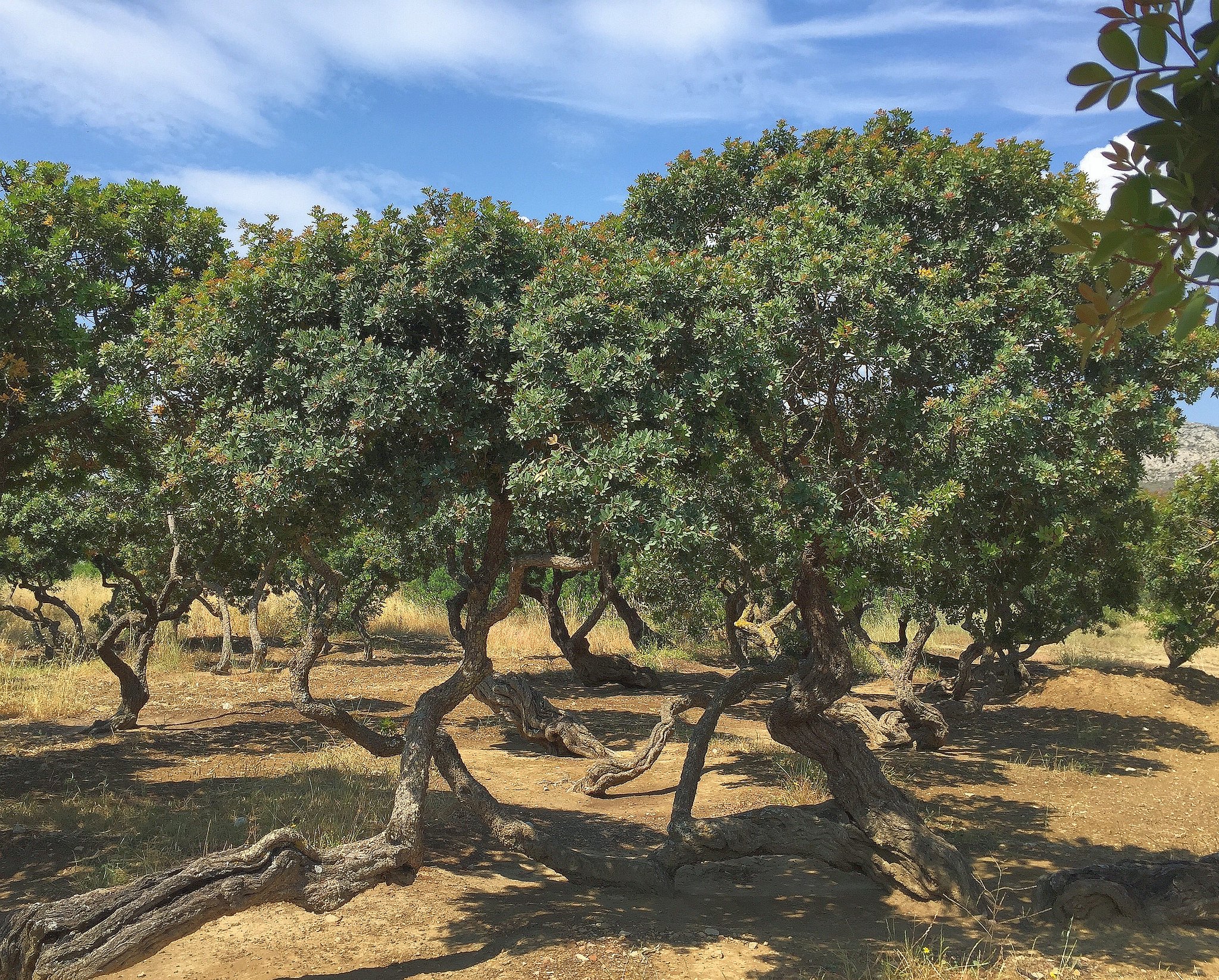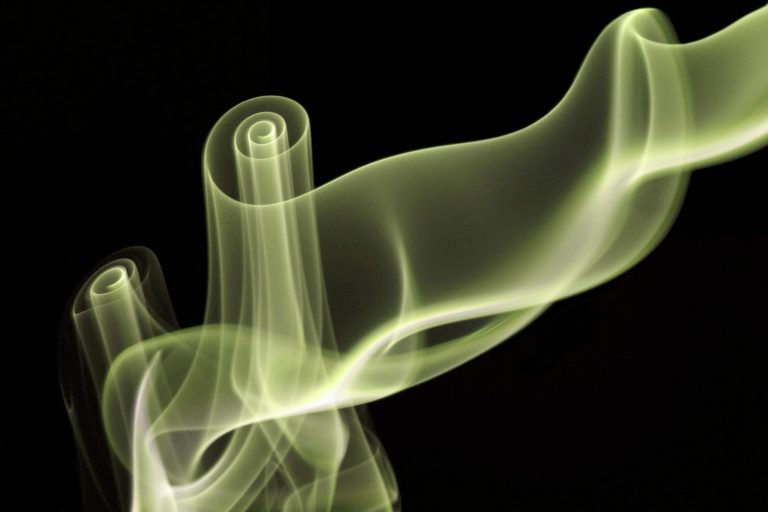For thousands of years, humans have been burning botanicals for sacred ceremonies and other spiritual purposes. Collectively known as incense, this time-worn tradition continues not only within religious settings, it has also gained popularity among individuals as a mindful ritual of positive intentions; but how many understand the power of incense? Can its fragrant fumes penetrate to other dimensions?
Historical use of incense
Egypt

Some of the earliest recorded history, that of pharaohs in ancient Egypt, includes the use of incense. Not only is it represented in art and documented in hieroglyphics, but remnants of resins and ash indicate that incense was used in burials and other ceremonies over 5,000 years ago. It is even evident that specific resins and herbs had their own designated purposes — both medicinal and religious.
Asia
As trade became more prevalent, incense ingredients expanded beyond local herbs and resins to include fragrant exotic spices. The use of incense spread to India, China and Japan, where the practice evolved according to different cultural customs, but remained spiritual in nature, and spread.
Europe
The use of ceremonial incense was naturally adopted by many Western religions. In the Church, it is considered sacramental, and is used to bless, sanctify and venerate.

In ancient Greece, evil spirits were warded off with an incense of burned resin. Similarly, the ancient Scottish ritual called saining employed burned juniper to remove unwanted influences, purify and protect.
America
Success
You are now signed up for our newsletter
Success
Check your email to complete sign up
Early in the Americas, indigenous people also incorporated smoldering botanicals into their many rituals. Pre-Columbian Mesoamericans burned aromatic resins, known as copal, or “blood of trees,” for medicinal and ceremonial purposes.
In South America, palo santo, or “holy wood,” from the Bursera graveolens tree was burned for sacred rituals, as well as medicinal purification for the body and energy cleansing for the spirit.

North American tribes used white sage, or “sacred sage,” from their native desert shrub Salvia apiana for similar purposes. White sage, red cedar, sweet grass and tobacco were considered the four sacred herbs, and they were burned in prayer, healing, and cleansing ceremonies.
While incense is still in extensive use today, its profound symbolism is often overlooked.
Penetrative power of incense

One can easily sense that the atmosphere of a space changes with the burning of incense — as negative energies are cleared away, it becomes more serene and uplifting. Symbolically, the act of burning incense represents transformation.
With the purifying energy from fire, a solid material is converted to a wisp of smoke and a small dusting of ash. We, too, can become spiritually pure, loosen our ties to the material world, and manifest a higher state of consciousness.
The fragrant smoke of incense, aside from facilitating bodily relaxation and bringing a calm focus to the mind, rises upward from the physical toward the spiritual. It represents the purity of our devotion, and is believed to carry our prayers and intentions to the Divine.
In the Church, incense is an oblation, or offering to God, representing prayer and sacrifice. The smoke can be seen as symbolic of God Himself, linking Heaven and Earth. Frankincense, a precious, but commonly-used resin, represents the divinity of Christ, while myrrh reminds us of His sacrifice and suffering.
In Buddhism, the essence released from burning incense is said to strengthen our virtue; clearing away all negative thoughts and attachments so that our ordinary conduct can approach the purity of a Buddha. Three incense sticks together represent the Three Jewels of Buddhism — the Buddhist monk community, the Buddha’s teaching, and the Buddha Himself.
Making an incense offering

If you’re new to burning incense, or would like to bring more ceremony into your practice at home, consider incorporating some of the following suggestions:
- Prepare your space by ensuring good ventilation, and making it tidy and clean.
- Create an altar for your incense offerings. It can be simple, but should rise above other elements in the room, have a ceremonial character, and might include a sacred object or image.
- Water, representing purity and stillness, can compliment your offering by preparing your mental state. Place a small vessel of fresh water on your altar to help calm your mind. Glass and many crystals also have a strong water element, and can provide a similar effect.
- Flowers enhance the altar by representing causality. Add flowers or a living plant to your altar to remind you that our actions, words and thoughts all have consequences. We must plant seeds of sincerity and righteous intention to gain good results.
- Candles represent a symbolic illumination, or the enlightening to wisdom from the darkness of ignorance. Choose a candle that is safe and unscented, or naturally scented to compliment your incense.
- Choose a beautiful incense burner to make a special presentation of your offering. Incense burners can be simple or ornate, and made of metal, porcelain or wood — it depends on your own preference.
- Choose an incense suitable to your intentions, made with natural botanicals and essential oils. Incense made with synthetic fragrances emit toxic fumes and should only be used outdoors.
Choosing an incense

Of course, different botanical materials carry different properties, and the way they are used can have an effect as well. Incense is not limited to sticks, although that is the most popular and easiest form to use.
You can also find incense in cones, coils, fragile sticks without a wooden core, and raw ingredients such as resins and wood powder. As you learn more about incense, you will discover what works best for you.
Each of us has different areas that require work for spiritual growth. Incense can give us a little boost in the right direction. Below are some common incense “flavors” favored for each focus:
- Breathing: Eucalyptus, clary sage, white sage
- Cleansing: White sage, lemongrass, palo santo, sandalwood
- Calming: Chamomile, lavender, lemongrass, sandalwood, white sage, ylang ylang
- Compassion: Rose, neroli
- Deep relaxation: Patchouli, jasmine, neroli
- Energizing: Cinnamon, ginger, palo santo
- Focus: Cinnamon, lemongrass, palo santo, eucalyptus, vevitier, peppermint
- Grounding: Cedar, dragon’s blood, patchouli, sandalwood
- Happiness: Bergamot, ylang ylang, cinnamon
- Insect repellent: Cedar, eucalyptus, lemongrass, lavender, palo santo, sandalwood
- Intuition: Clary sage, dragon’s blood, myrrh, patchouli
- Mental clarity: Frankincense, palo santo
- Spiritual connection: Frankincense, myrrh
- Uplifting: Cinnamon, bergamot, neroli, rose
Use incense safely

While there are many benefits to burning incense, it also presents some safety hazards. Any burning article should be carefully attended, and used in a clutter-free environment to prevent the risk of fire.
Also, some studies have found similarities between the smoke from incense and that of second-hand cigarette smoke. Like many things, incense should be taken in moderation. Avoid breathing the smoke directly, keep your products as natural as possible, and limit your use to ceremonial purposes. Burning incense throughout the day would not only pose a respiratory health hazard, it could also diminish its spiritual value.













